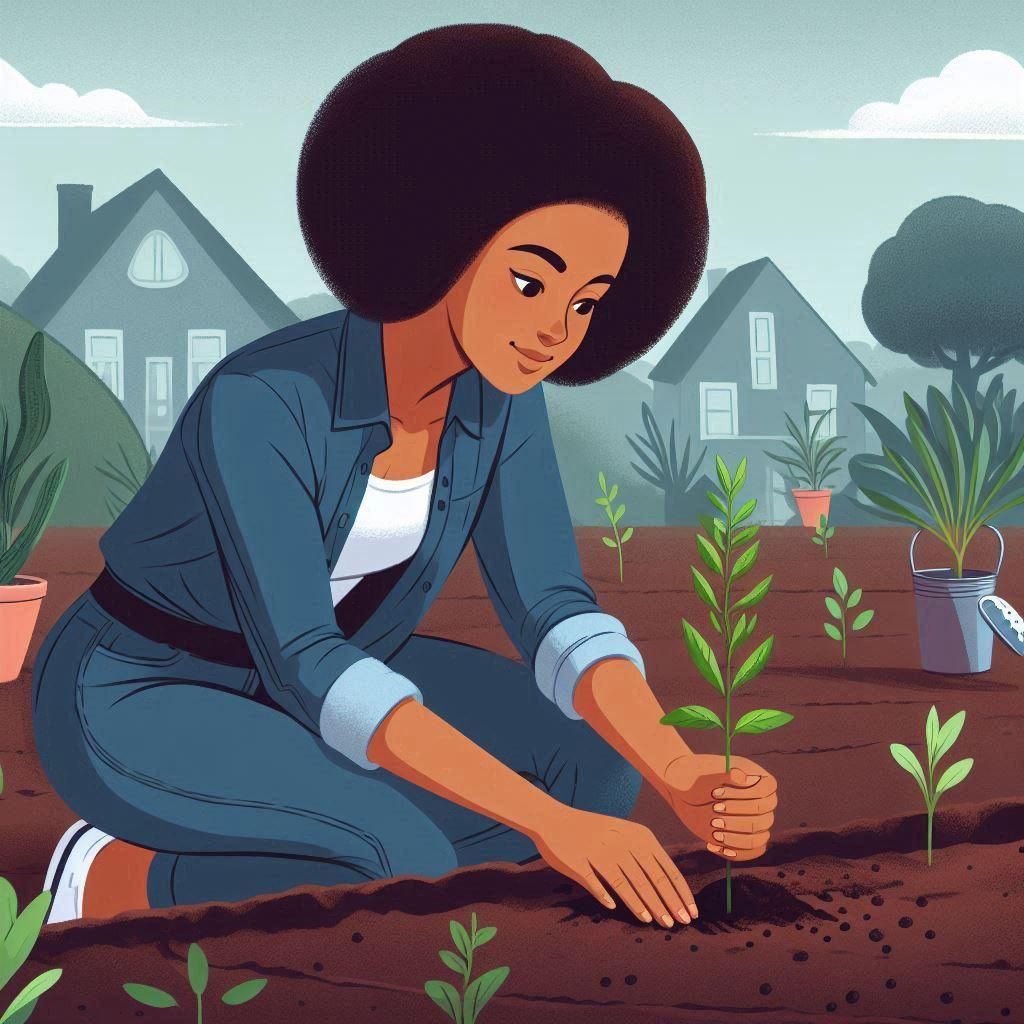Advertisement
Planting a seed is more than just placing it in the ground, and waiting for it to grow. A lot of things need to be considered, planned, and prepared in order to give the seed the best chance of sprouting, growing, and flourishing.
Failure to do this may result in plants that are unhealthy or unproductive. In this case, here is a complete guide on what you should prepare before planting a seed.
How to select the right seed
The first thing you have to do before planting a seed is choose the right one for your purposes as well as your conditions. Decide what type of plant you want to grow and where you’ll grow it.
Some plants perform best in specific climates, types of soil, and light conditions. Differentiate between various plants so as to find one suitable for your environment and gardening objectives.
For novices, simple-to-cultivate seeds such as green beans, lettuce, or sunflowers will be ideal choices.
Understanding what the plant requires
Knowing exactly what your plant needs is vital after you pick out a seed. Each plant has different light, water, soil, and space requirements. Consider the best growing conditions for your chosen plant—sun or shade. Additionally, consider asking the following questions before you move forward.
●Light: Does the plant need full sun, partial shade, or total shade?
●Water: How much water does it require, and how often?
●Soil: What type of soil suits these particular plant best, including PH levels and nutrient needs?
●Space: How much room does it need to grow both above ground and below ground?
By recognizing these requirements, you can create the perfect environment for your seed to germinate.

Choosing an appropriate location
Choosing the correct location to sow your seed is very imperative. The location chosen should provide adequate light and space for the growth of the plant.
Assess your garden or planting area at different times during the day so that you become familiar with sunlight patterns. Check to be sure that the area selected receives enough sunlight based on what the plant requires.
If you are planting in a container, then select an appropriate place where there will be ample exposure to light. See to it that the drainage holes are in place so as not to prevent waterlogging.
How to prepare the soil before planting the seed
Successful seed planting relies heavily on good soil preparation. The starting point would be to test the soil for its PH and nutrient content levels. You can find soil test kits in shops that provide gardening supplies or through online retailers.
Depending on those results, it may be necessary to change the soil to adjust its PH or add nutrients. To start preparing the soil, follow these simple steps.
Advertisement
●Area clearance: Clear any weed, rock, or rubbish away from the area of planting, as they are competing with your seeds for nutrients and space.
●Loosen the soil: A garden fork or a tiller can be used to break up the soil. Loose soil enables roots to penetrate easily and improves drainage.
●Add organic matter: Incorporate compost, manure, or other organic matter into the soil. This enhances soil structure, fertility, and moisture retention.
●Level the soil: Rake the soil to create a smooth, level surface for planting. Proper soil preparation creates a favorable environment for your seed to germinate and grow strong roots.

How to time your seed planting
The timing of planting seeds is very important. Planting early or late can result in poor germination and growth. Check the seed packet or do some research to know the right time for planting the seed you have chosen.
Many seeds have specific planting seasons based on temperature and day length. If you’re planting outdoors, keep in mind your area’s last frost date.
By waiting until after the last frost, you‘ll ensure that your seedlings will not be damaged by cold temperatures. You can control the environment if you sow seeds indoors and begin them earlier than normal.
Seed soaking and scarification
Some types of seeds benefit from pre-planting treatments like soaking or scarifying. These treatments can improve germination rates by wearing out seed coats or facilitating water entry.
Prior to sowing, it is recommended that one soak his or her seeds, preferably within a few hours to overnight, depending on their size. This is particularly important for larger ones with hard coats, such as beans and peas.
Scarify seeds by gently nicking the seed coat with a knife or rubbing it with sandpaper. This process helps water penetrate the seed coat, encouraging germination. Scarification is commonly used for seeds with very hard coats, like morning glories and sweet peas.
Planting the seed
When you are ready to plant, follow the recommended planting depth and spacing for your seed. Planting too deep or too shallow may hinder germination and growth.
●Depth: The general rule is to plant seeds at a depth that is two to three times their diameter. For very small seeds, just press them on the soil surface.
●Spacing: Follow the spacing guidelines given in the seed packet so that every plant has enough space to grow. Crowded plants compete for light, water, and nutrients, leading to weaker growth.
After covering the seeds with soil and gently patting them down for good contact between seed and soil, water the area thoroughly. This will help settle the soil as well as provide moisture for germination.

Watering and mulching
This is the last important stage of ensuring that your seed is well on its way to sprout. Watering is important at this stage. Ensure that there is enough moisture in the soil without making it waterlogged.
Mulching around the planting area can help retain soil moisture and suppress weeds. Use organic mulch, like straw, grass clippings, or shredded leaves, and apply a thin layer around the seedlings once they emerge.
Preparing to plant a seed involves thoughtful planning and careful preparation to create the ideal conditions for germination and growth. With attention to detail and regular monitoring, you can enjoy the rewards of a healthy, flourishing garden.
Advertisement





